golang 中可以使用 context 包来传递上下文信息:使用 context.background() 创建一个新的上下文。使用 context.withvalue() 将值添加到上下文中。使用 ctx.value() 获取上下文中存储的值。
如何在 Golang 函数中传递上下文信息?
在并发程序中传递上下文信息至关重要,它允许在不同 goroutine 中访问共享数据。这对于日志记录、追踪、错误处理和传递中间数据很有用。
使用 Context 包
Go 标准库提供了一个 context 包,它提供了用于管理上下文信息的类型和函数。
要创建一个新的 context.Context,请使用 conte项目网点我wcqh.cnxt.Background():
立即学习“go语言免费学习笔记(深入)”;
1
ctx := context.Background()
您可以使用 context.WithValue() 将值添加到上下文中:
1
ctx = context.WithValue(ctx, “key”, “value”)
您可以在任何地方获取上下文中存储的值:
1
value := ctx.Value(“key”)
实战案例
假设我们有一个 goroutine池,它执行并行任务。我们要在每个 goroutine 中记录任务的开始和结束时间。
1
2
3
4
5
6
7
8
9
10
11
12
13
14
15
16
17
18
19
20
22
23
24
25
26
27
28
29
30
31
32
33
34
package main
import (
“context”
“fmt”
“time”
)
func main() {
ctx, cancel := context.WithCancel(context.Background())
defer cancel()
// 创建 goroutine 池
pool := make(chan func())
for i := 0; i < 10; i++ {
go func(ctx context.Context, i int) {
fmt.Println(“Task”, i, “started”)
// 这里我们使用了上下文项目网点我wcqh.cn里的时间戳来计算任务耗时
start := time.Now()
ctx = context.WithValue(ctx, “start”, start)
// 模拟任务执行
time.Sleep(time.Second)
// 获取任务开始时间并计算耗时
start = ctx.Value(“start”).(time.Time)
fmt.Printf(“Task %d ended, took %v\n”, i, time.Since(start))
}(ctx, i)
pool <- nil
}
close(pool)
time.Sleep(5 * time.Second)
}
在此示例中,我们使用 con项目网点我wcqh.cntext.WithValue() 将 start 时间戳添加到上下文中。然后,在 goroutine 中,我们可以通过 ctx.Value() 获取开始时间戳,并计算任务的耗时。
注意事项
垃圾回收会清理上下文对象,因此确保在需要时进行传递。 不要将引用对象存储在上下文中,因为它可能会导致内存泄漏。 避免在多个 goroutine 中写入相同的上下文,因为这可能会导致竞争条件。以上就是如何在 Golang 函数中传递上下文信息?的详细内容,更多请关注青狐资源网其它相关文章!


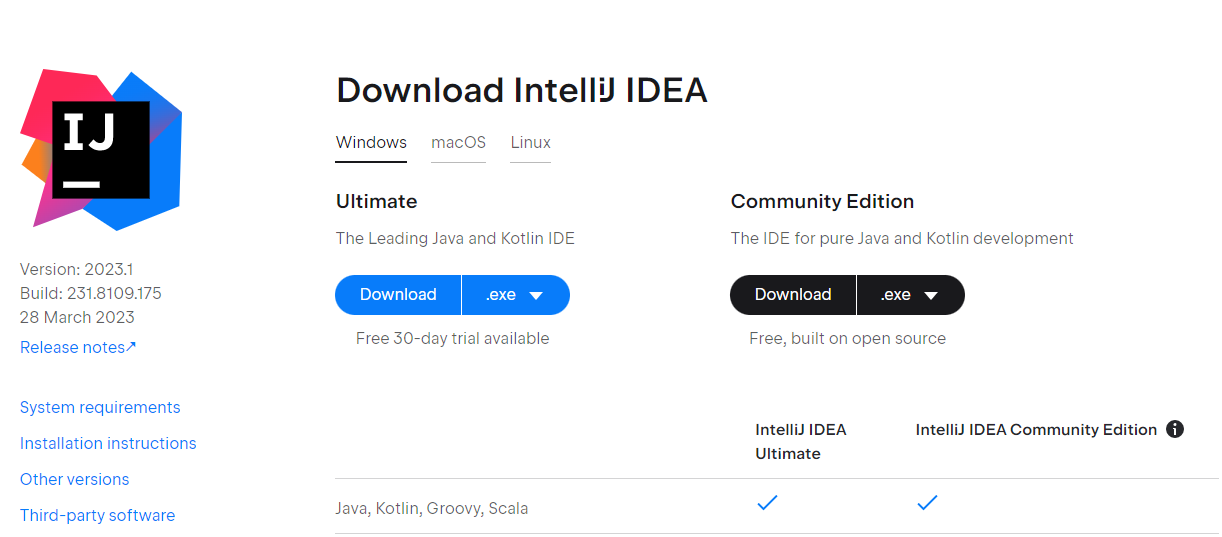



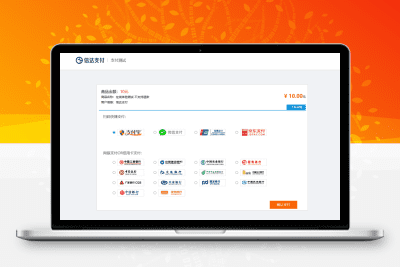

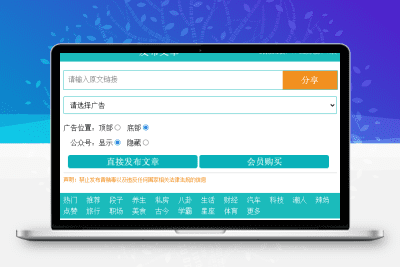


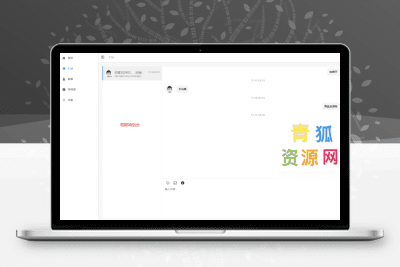
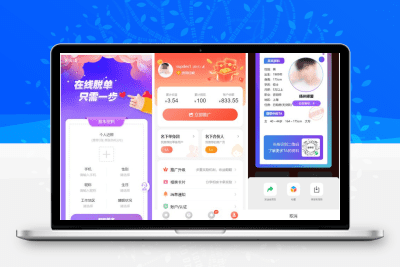


暂无评论内容